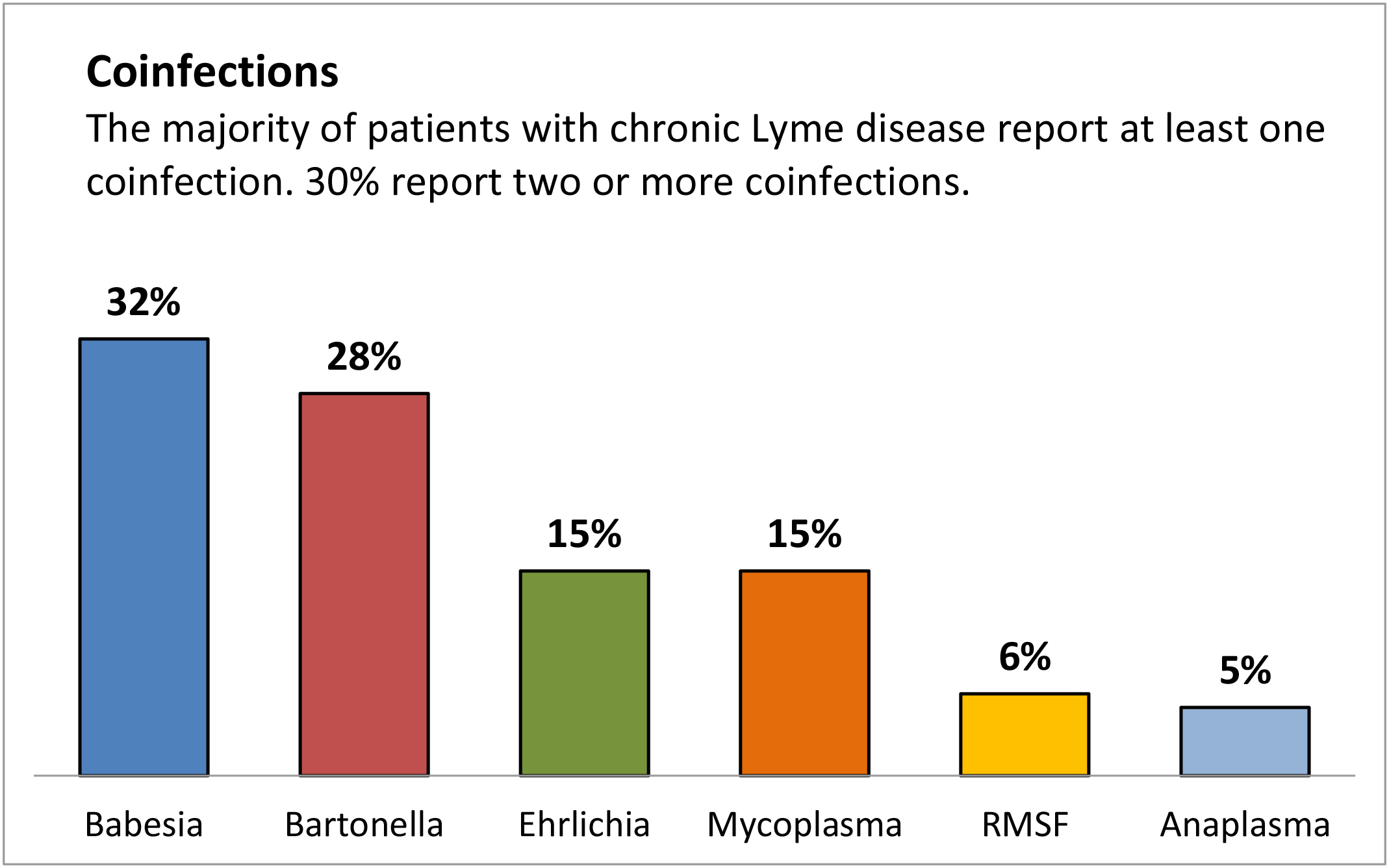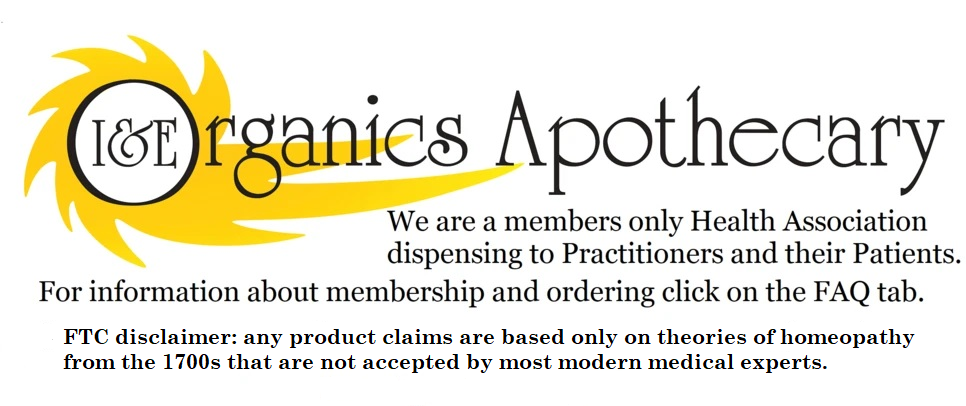Disclaimer
Remedies for Smoke Inhalation October 14 2017
Remedies for Smoke Inhalation
Remedies for Smoke Inhalation-
Poor Air Quality from Fires
(Hom) Homeopathic Remedy (F) Flower Essence (G) Gem EssenceAgate / Botswana (G) - Aids in reoxygenation of lungs, red corpuscles, skin tissue and the ductless glands. Use this elixir as an emergency remedy when there is excessive smoke inhalation in a fire.
Arsenicum (H) - For smoke exposure with anxiety. Eyes burn and stream. Nose burns and streams. Cough is dry and worse at night. Tremendous anxiety especially about what is going to happen—and restlessness.
Bryonia (H) - Soreness in larynx and trachea. Hoarseness, Worse in open air. Dry, hacking cough from irritation in upper trachea. Cough, dry at night, must sit up. Worse after eating or drinking. Frequent desire to take long breath; must expand lungs. Difficult, quick respiration. Heaviness beneath the sternum extending towards the right shoulder. Worse going into warm room.
Calcera carbonica (H) - Tickling cough, troublesome at night. Painless hoarseness; worse in the morning. Suffocating spells; tightness, burning and soreness in chest. Chest sensitive to touch or pressure. Longing for fresh air.
Carbo Vegetabilis (H) -Wheezing, cough with burning in chest. Short of breath. Oxygen starvation. Must be fanned. Hoarseness. Cough with itching in larynx. Sore and raw chest. Rattling of mucus in chest. Exhausted, weak. Cold clammy skin, cold breath. Better: cool air. Worse: evenings, open air, warm damp weather.
Causticum (H) - Hoarseness with pain in chest. Larynx sore. Cough with raw soreness of chest. COugh with pain in hip. Better drinking cold water. Pain in chest with palpitation. Cannot lie down at night.
Eucalyptus (F) - For people who do not breathe well for any cause, individuals who almost drown and people who suffer from smoke inhalation in a fire. Eucalyptus oxygenates the system and improves the lungs.
Euphorbium officinarium (H) - Breathing oppressed, as if chest were not wide enough. Spasmodic dry cough, day and night, with asthma. Violent, fluent coryza, with burning cough. Constant cough, with stitches from pit of stomach to sides of chest. Dry, hollow cough. Warm feeling in chest.
Euphrasia (H) - For simple smoke exposure with irritation to eyes and possibly nose and no other symptoms. Eyes stream and burn—lids are red, swollen, and sensitive. Nose streams but does not burn. There may be a little daytime cough. The eyes stream on coughing.
Kali bichromicum (H) - For more serious smoke exposure with irritated sinuses and/or lungs. Nose is blocked—nasal discharge is dry or comes out in sticky or stringy “plugs.” Sinuses are sore, raw, irritated, and painful. Cough is painful, and chest is sore. Mucus is coughed up with difficulty and is scanty, sticky, or stringy.
Natrum arsenicum (H) - Great sensitivity to smoke. Useful when the indicated remedies haven’t helped much or at all. Eyes dry and painful. They stream and smart on going out into the smoky air. Sinuses feel blocked and are painful. Racking cough. Lungs feel full of smoke. Headache from the smoke.
Silica (H) - To help the body eject inhaled particles. Nose dry and blocked—no sense of smell or taste. Sinuses stuffed up and painful. Dry, irritating cough from inhaled particles. With lumpy, yellow mucus.
Lyme Disease Nosodes July 28 2015
There are 300,000 people a year in the United States and 65,000 people a year in Europe who are infected with borreliosis, the most common tickborne disease caused by infection with spirochetes of the Borrelia species.
In the US the bacterium is transmitted to humans through the bite of several species of tick (see complete list below)
Borrelia burgdorferi - Ixodes scapularus (Blacklegged Tick or Deer Tick) North AmericaBorrelia afzelii, Borrelia garinii, Borrelia bavariensis, - Ixodes ricinus (Castor Bean Tick) Europe
Ixodes persulcatus (Taiga Tick) Eastern Europe.
Recently additional Borrelia Species have been discovered;
Borrelia bissettii from Ixodes pacificus, Northern California
Borrelia lusitaniae, Ixodes ricinus, Portugal
Borrelia spielmanii, human skin, The Netherlands
Borrelia valaisiana, Ixodes ricinus, Switzerland
Ticks that transmit B. burgdorferi to humans can also carry and transmit several other parasites, such as Theileria microti and Anaplasma phagocytophilum which cause the diseases babeosis and human granulocytic anaplasmosis (HGA), respectively.
In 2012 we collected ticks at various stages of growth from CT, MA, and CA and sent them to our lab in San Diego. Lab analysis showed Ehrlichia chaffeensis, Anaplasma phagocytophilia, Rickettsia rickett, Borrelia burgdorferi bacteria strains. The source material was triturated to C3 and named “DeerTick”. Since then we have made C4 and C5 triturations of this remedy and many of the nosodes listed below.
These and other homeopathic nosodes can be purchased or prescribed by licensed Homeopaths.

Anaplasmosis is transmitted to humans by tick bites primarily from the blacklegged tick (Ixodes scapularis) in the northeastern and upper midwestern U.S. and the western blacklegged tick (Ixodes pacificus) along the Pacific coast.
Babesiosis is caused by microscopic parasites that infect red blood cells. Most human cases of babesiosis in the U.S. are caused by Babesia microti. Babesia microti is transmitted by the blacklegged tick (Ixodes scapularis) and is found primarily in the northeast and upper midwest.
Bartonella bacteria cause several diseases in humans. The three most common are cat scratch disease, caused by B. henselae; trench fever, caused by B. quintana; and Carrión's disease, caused by B. bacilliformis.
Borrelia miyamotoi infection has recently been described as a cause of illness in the U.S. It is transmitted by the blacklegged tick (Ixodes scapularis) and has a range similar to that of Lyme disease.
Colorado tick fever is caused by a virus transmitted by the Rocky Mountain wood tick (Dermacentor andersoni). It occurs in the the Rocky Mountain states at elevations of 4,000 to 10,500 feet.
Ehrlichiosis is transmitted to humans by the lone star tick (Ambylomma americanum), found primarily in the southcentral and eastern U.S.
Heartland virus infection has been identified in eight patients in Missouri and Tennessee as of March 2014. Studies suggest that Lone Star ticks may transmit the virus. It is unknown if the virus may be found in other areas of the U.S.
Lyme disease is transmitted by the blacklegged tick (Ixodes scapularis) in the northeastern U.S. and upper midwestern U.S. and the western blacklegged tick (Ixodes pacificus) along the Pacific coast.
Powassan disease is transmitted by the blacklegged tick (Ixodes scapularis) and the groundhog tick (Ixodes cookei). Cases have been reported primarily from northeastern states and the Great Lakes region.
Rickettsia parkeri rickettsiosis is transmitted to humans by the Gulf Coast tick (Amblyomma maculatum).
Rocky Mountain spotted fever (RMSF) is transmitted by the American dog tick (Dermacentor variabilis), Rocky Mountain wood tick (Dermacentor andersoni), and the brown dog tick (Rhipicephalus sangunineus) in the U.S. The brown dog tick and other tick species are associated with RMSF in Central and South America.
STARI (Southern tick-associated rash illness) is transmitted via bites from the lone star tick (Ambylomma americanum), found in the southeastern and eastern U.S.
Tickborne relapsing fever (TBRF) is transmitted to humans through the bite of infected soft ticks. TBRF has been reported in 15 states: Arizona, California, Colorado, Idaho, Kansas, Montana, Nevada, New Mexico, Ohio, Oklahoma, Oregon, Texas, Utah, Washington, and Wyoming and is associated with sleeping in rustic cabins and vacation homes.
Tularemia is transmitted to humans by the dog tick (Dermacentor variabilis), the wood tick (Dermacentor andersoni), and the lone star tick (Amblyomma americanum). Tularemia occurs throughout the U.S.
364D rickettsiosis (Rickettsia phillipi, proposed) is transmitted to humans by the Pacific Coast tick (Dermacentor occidentalis ticks). This is a new disease that has been found in California.
Supporting remedies found useful:
Ledum pal - Stage I
Syphilinum - Stage II
Gaultheria - Stage III
gemma therapīa June 08 2015
We have received and processed our first gemmotherapy stock of the season! Certified organic or wild crafted, all hand harvested, vibrant, fresh, embryonic plant material processed by maceration. With an abundant supply of source material we will be making concentrated gemmotherapy remedies available and adding a few new gemmo remedies to the webstore.
 .
.
Thank you for your patience,
The Homeopaths & Healers ~ I & E Organics Apothecary
